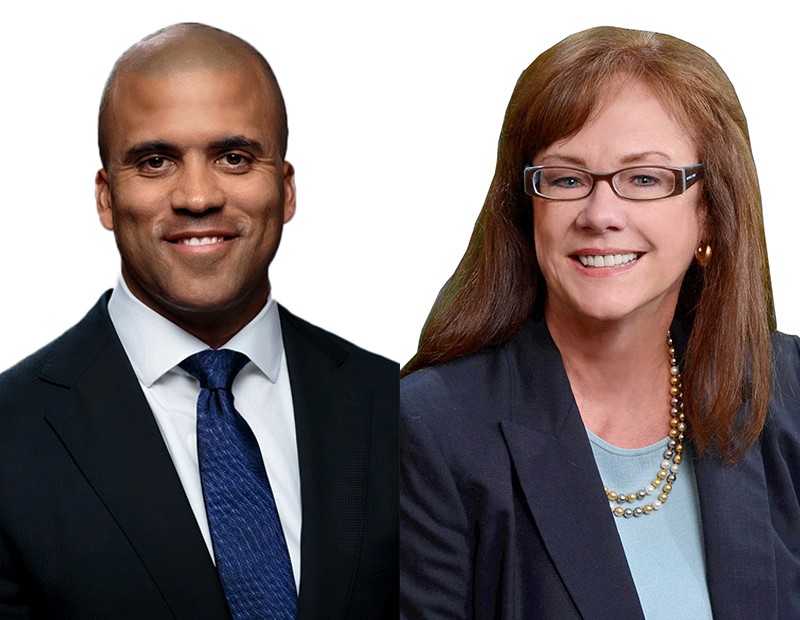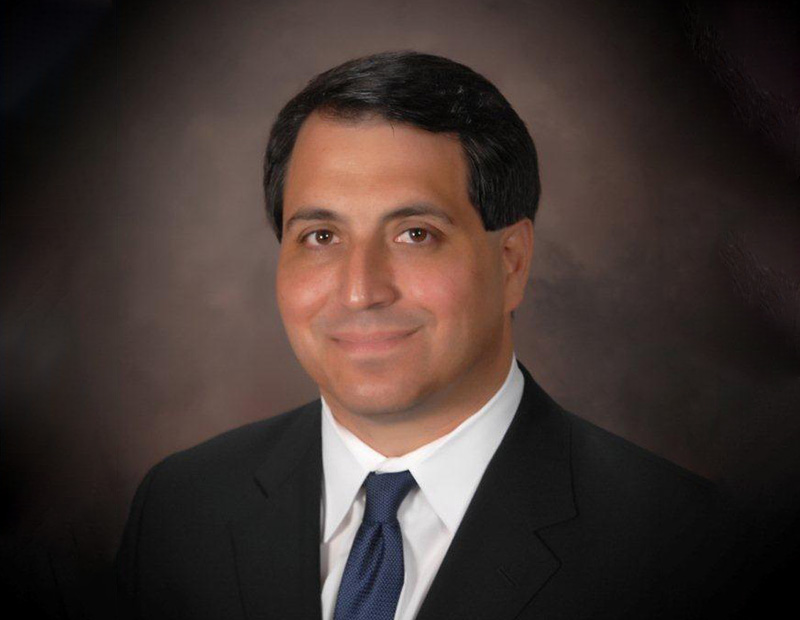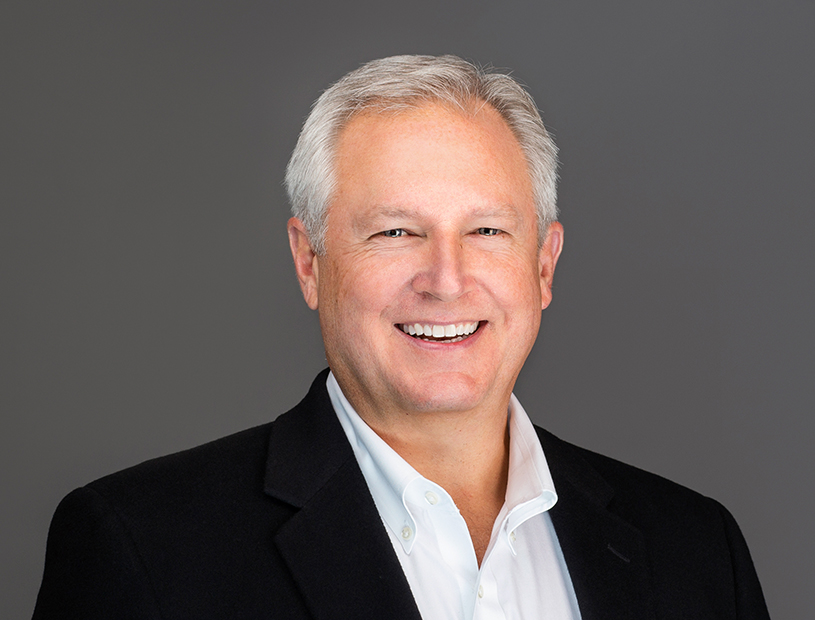Q&A with Norman Nichols, KeyBank
An inside look at the KeyBank-First Niagara Bank merger and the latest challenges facing real estate financing.
By Alexandra Pacurar
Cleveland—KeyBank’s acquisition of First Niagara Bank made headlines this summer, as the $4.1 billion merger created one of the largest banks in the U.S. With the Federal Reserve’s seal of approval this past July, the new company is now determining how it can benefit from each team’s unique experience and geographic diversity, as well as efficiently leverage the firm’s extended product base.
Norman Nichols, head of income property and community development lending for KeyBank, exclusively discussed with Commercial Property Executive the next steps to efficiently execute the merger and the challenges of such an integration in today’s capital markets.
CPE: What did the process of receiving approval for the KeyBank-First Niagara Bank merger entail?
Nichols: We received regulatory approval at the end of July from the Federal Reserve to complete the merger, which did take place and is effective as of Aug. 1. That was a critical step from a regulatory, legal closing perspective. Now, the teams are working toward a system and client conversion. We still have to get final approval from the Office of the Comptroller of the Currency (OCC), but that’s for system and client conversion. We’re looking to do the conversion by the end of the fourth quarter. In the big picture, the merger is complete, and we’re really excited about that.
CPE: When do you think all the processes will be complete?
Nichols: The next big step is the technology and the system conversion, which would be in the fourth quarter. More broadly, we’re going to be working on the integration for many, many months into next year, but the system conversion will be completed in the fourth quarter, subject to approval by the OCC.
CPE: What are the benefits of this merger for KeyBank?
Nichols: There are probably four items. The first is the fact that we get some new markets. There is some overlap on markets in upstate New York, but we get new markets in Philadelphia, Pittsburgh and Connecticut, where First Niagara has real estate professionals on the ground, working where we do not.
Second, in the real estate business they have about 650 clients. We are working to refine this number, but a high percentage of their clients are strategically in line with our product capabilities and our real estate strategy, so a substantial number of clients will have access to senior management.
The third benefit is we’re taking on about 56 real estate professionals from First Niagara into KeyBank. We have found them to be a very talented group of real estate professionals, seasoned in the industry, who have been through cycles and bring great expertise about the markets in which they are active.
A big initiative for KeyBank Real Estate Capital in the last couple of years has been to grow our affordable business, making loans or equity investments on housing projects that serve the affordable rental levels. We’re going to bring over a whole team from First Niagara that has a dedicated expertise and client base in the affordable space, located in upstate New York.
CPE: Tell us about KeyBank Real Estate Capital’s expanded leadership team. What will their mission be and what expectations do you have?
Nichols: We want to take those benefits we just talked about—the markets, the clients—and add our products within KeyBank Real Estate Capital to really leverage that product capability into those markets and client base. It’s really about three things: one, our real estate capital markets expertise, which really reflects permanent mortgage executions–CMBS, Fannie Mae, Freddie Mac and life company placement. We have a dedicated platform at Key with excellent treasury products, including technology solutions to help clients improve the efficiency of their businesses around how they process payments and how they interact with their tenants.
First Niagara’s commercial real estate client portfolio includes a lot of wealthy clients and principals. We think we can bring some incremental product banking and wealth management expertise to that client base. We’re looking for the leadership team to leverage our platform and bring that extended product set to the First Niagara client base. Initially, between now and the end of the year and into 2017, that’s what our expectations are.
CPE: Are there any challenges or concerns related to this merger?
Nichols: I think the only concern is that we have to start with speed. We know we have great products, some of the best real estate professionals in the industry and, between Key’s platform and now First Niagara’s platform, we have a deep client base and target for what we do. So it’s really all about the execution and being efficient.
We already had numerous clients reach out to us. They’re very interested in accessing the expanded product set. Any day that goes by, if we don’t get out quickly, it’s a missed opportunity not only for us but also to solve a problem or create an opportunity for a client.
CPE: How will this merger affect First Niagara customers?
Nichols: I think there are some situations where their banker coverage will change. If they had a relationship manager, that relationship manager may change. Because we are taking on all of the client managers from First Niagara, the amount of that relationship manager coverage change is pretty minimal, but there is some of it. One of the reasons why we took on as many Niagara teams as we could is to minimize the impact. We are focused on making sure we minimize that.
That’s what we’re working on every day. To be able have our bankers speak with confidence when they’re in front of a client. When you get into trouble with a bank client is when your banker is uncertain and they can’t speak with confidence about how we’re going to handle a certain request or how the service is being worked on.
CPE: What are some recent major trends in commercial real estate financing?
Nichols: The current trends that are notable, and this has been ramped up in the last year, is most banks should maintain their discipline around equity requirements and make sure there’s a balance between the risks the borrower or the equity should take on versus the risks the debt provider, like the bank, should take on. It’s very notable in construction lending for multifamily. There’s been four to six years of expansion in multifamily development, with a lot of construction happening. In the last six to 12 months, there’s definitely been a pullback by lenders providing construction capital for multifamily.
Banks and lenders are looking to get capital invested and pushed a lot of lenders to look for bridge loans that are largely stabilized and have a sustainable existing cash flow, which generally doesn’t exist in the construction loan, so they’re considered to be a safer risk profile.
There’s a lot of demand and supply of capital for cash-flowing assets. Loan spreads in the bank world, for several years, have been going down, and in the last year they sort of stabilized. In some cases, spreads have widened out 50 to 100 basis points, which is pretty substantial. In the non-bank world, the risk retention issue is front and center. In our business, we are seeing a lot of appetite from foreign capital for investing debt in U.S. markets. There’s a bias toward metropolitan areas, the top five or 10 cities. We’re seeing foreign capital from China, South Korea–but it’s fairly broad.
CPE: What about the main challenges in CRE financing?
Nichols: The biggest challenge in real estate financing, from our perspective, is to try to understand where we are in the cycle—the business cycle, the credit cycle, the real estate cycle—to support decisions that you make, to balance the paradox between growth and risk. There is always pressure to grow. Of course, we need to maintain the risk profile that allows our business to be sustainable throughout the cycle. We spend a lot of time trying to understand markets from a geographic perspective.
The whole challenge, from a management perspective, is retaining your best talent, because in the end our business is only as good as the people we have in key leadership positions and key management seats. As you get later in the cycle, it’s more challenging to retain top talent.
Image courtesy of KeyBank








You must be logged in to post a comment.